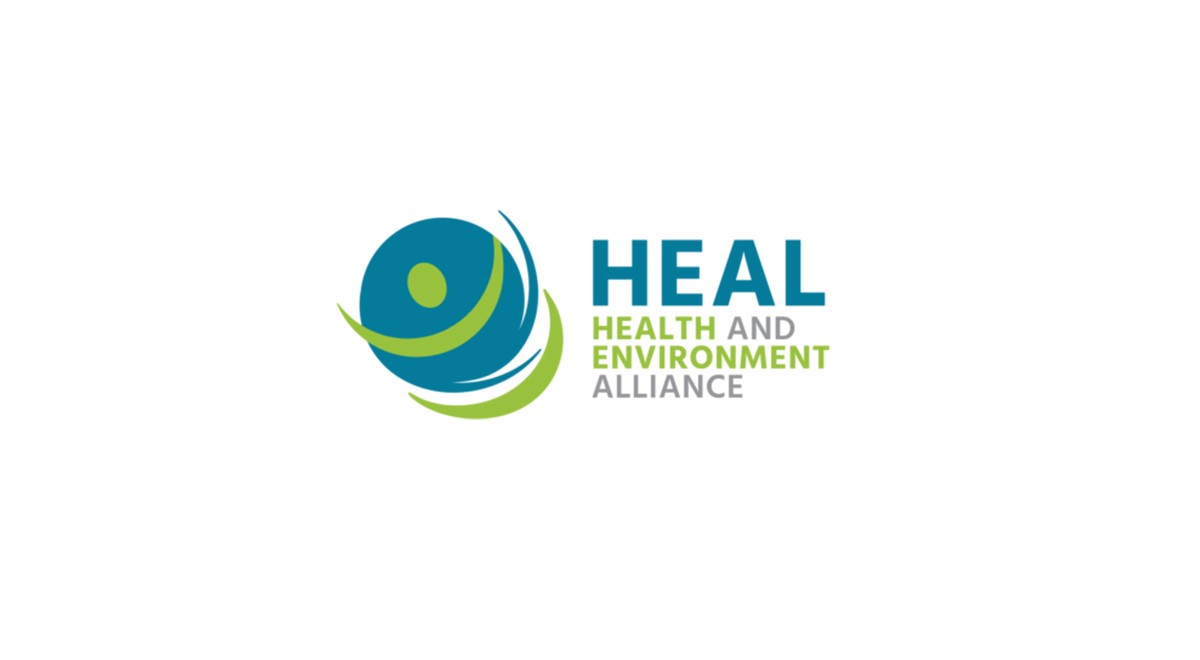Press note: HEAL calls on the European Parliament to maintain health within the scope of the Committee on the Environment, Public Health and Food Safety.
The most comprehensive scientific study on the toxicity of chemicals present in plastic products to date, “Benchmarking the in Vitro Toxicity and Chemical Composition of Plastic Consumer Products”, was released today in Environmental Science and Technology [1].
Researchers analysed 34 widely used consumer products made out of plastics, including products coming in contact with food such as refillable water bottles, food wraps and yogurt cups. This analysis covers eight major polymer types: polyvinyl chloride (PVC), polyurethane (PUR), polyethylene terephthalate (PET), polystyrene (PS), Polypropylene (PP), high-density polyethylene (HDPE), low-density polyethylene (LDPE) and polylactic acid (PLA). Researchers found toxic compounds in a majority of the plastic extracts and proposed a prioritisation of chemicals entering into their composition according to their toxicity.
Striking findings include the following:
- 74% of the plastic extracts contained chemicals triggering at least one endpoint relevant for assessing health impacts – including baseline toxicity, oxidative stress, cytotoxicity, estrogenicity, and antiandrogenicity. Popular plastic consumer products can contain endocrine disrupting chemicals and chemicals currently used in plastics food contact articles and materials can be toxic to human health.
- Plastics contain large mixtures of chemicals – many of those are unknown and difficult to identify. This suggests the need for an urgent shift to a precautionary approach from industries, risk assessors and regulators alike to guarantee that all products are proven safe for consumers before entering the market.
- 260 chemicals were tentatively identified – including monomers, additives, and non-intentionally added substances – 27 of those were prioritized based on high in vitro toxicity, including well-known additives such as benzophenones, butylated hydroxytoluene or triethyl phosphate, as well as less known isomers such as decanoic acid.
- Extracts of polyvinyl chloride (PVC) and polyurethane (PUR) were observed to induce the highest toxicity at most endpoints from the eight polymer types investigated.
- All “bioplastics” made of polylactic acid (PLA) were also observed to be of toxicity levels similar to that of PVC and PUR – showing that substitution needs to be approached with caution in order to be truly beneficial to health and avoid future phenomenon of “regrettable substitution”.
- The toxicities of low-density polyethylene (LDPE), polystyrene (PS), and polypropylene (PP) varied.
According to the Health and Environment Alliance (HEAL), the findings confirm the health concerns about the effects of chemicals involved in the processing and production of products we use on a daily basis, with potential impacts on essential body functions such as our hormonal system.
“The implications of this study are clear: addressing the plastic challenge requires addressing society’s addiction to chemicals. This commitment must be at the centre of the new Commission’s ‘zero pollution’ strategy”, says Natacha Cingotti, Senior Health and Chemicals Policy Officer at HEAL. “Urgent priorities include the release of a new strategy on endocrine disruptors, an upgrade of the food contact materials regulation, a shift in the approach to plastics regulation from use to production cut and the promise to prevent toxic recycling.”


